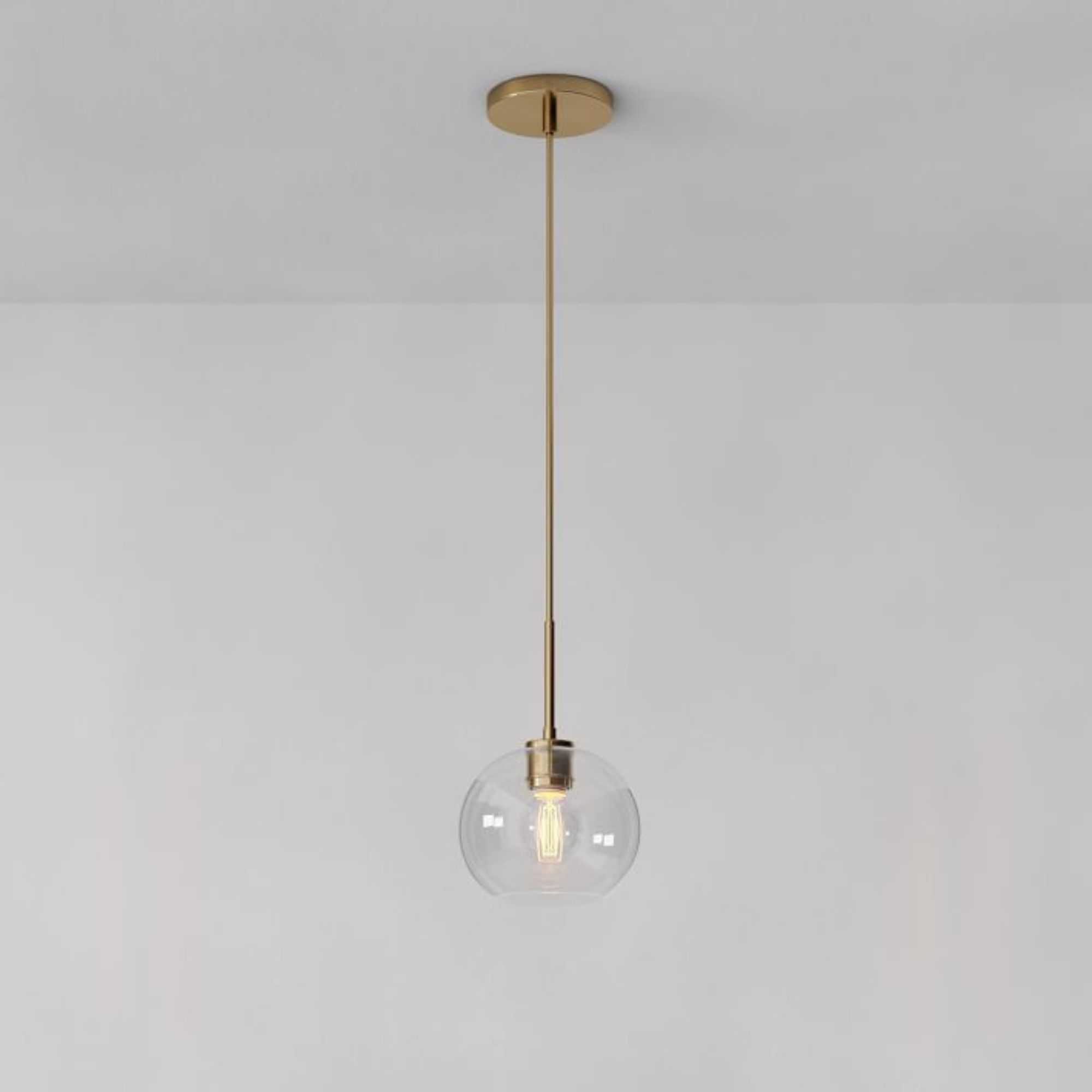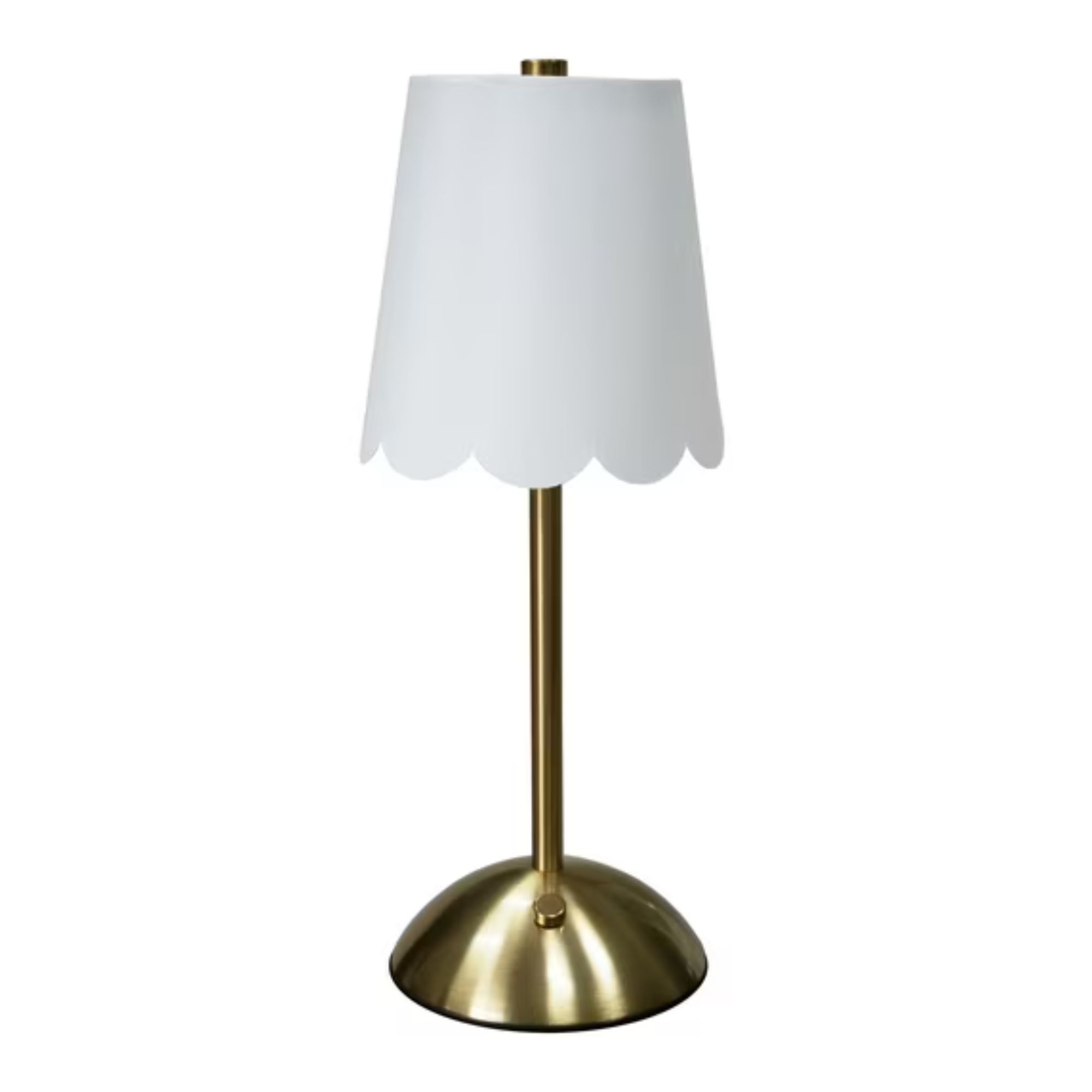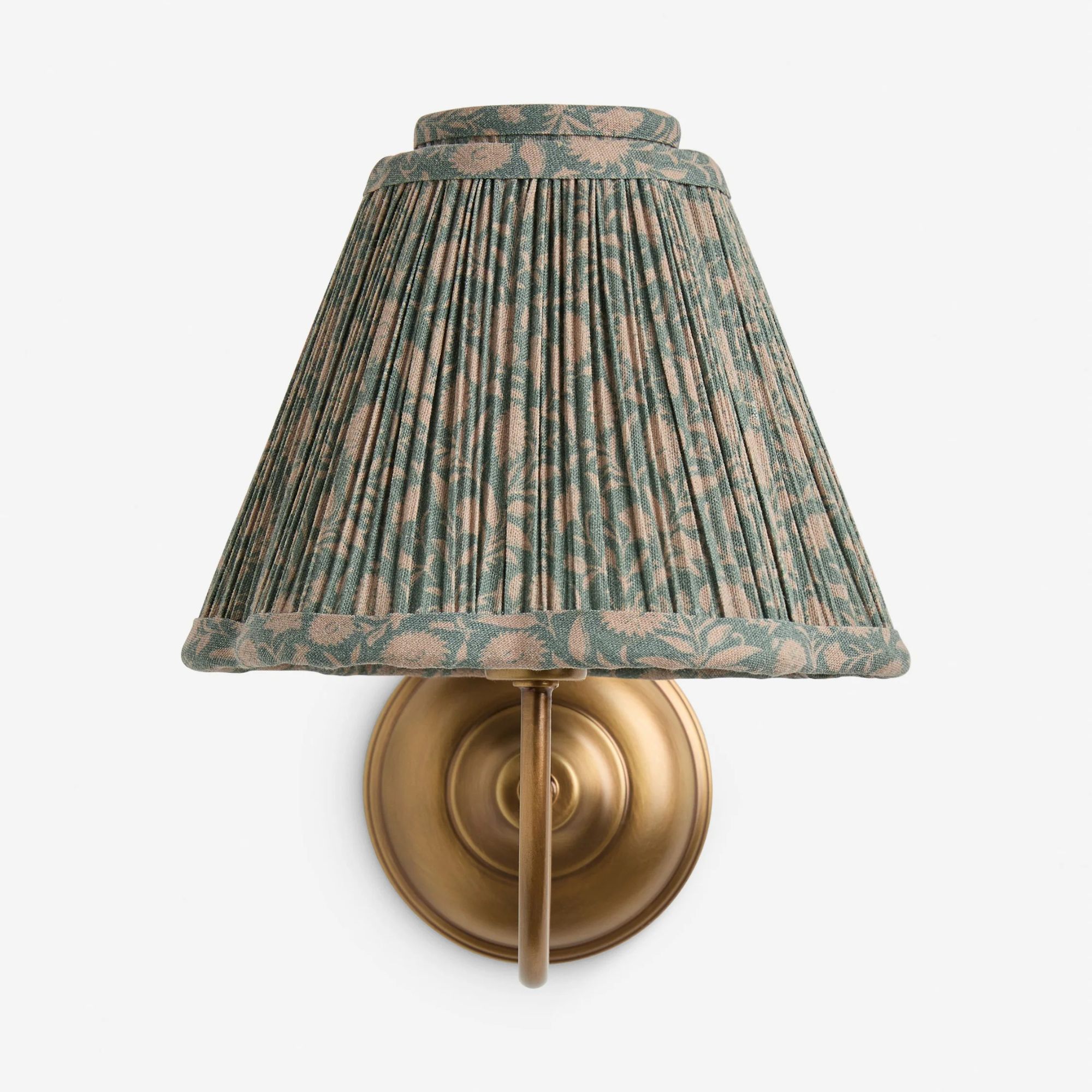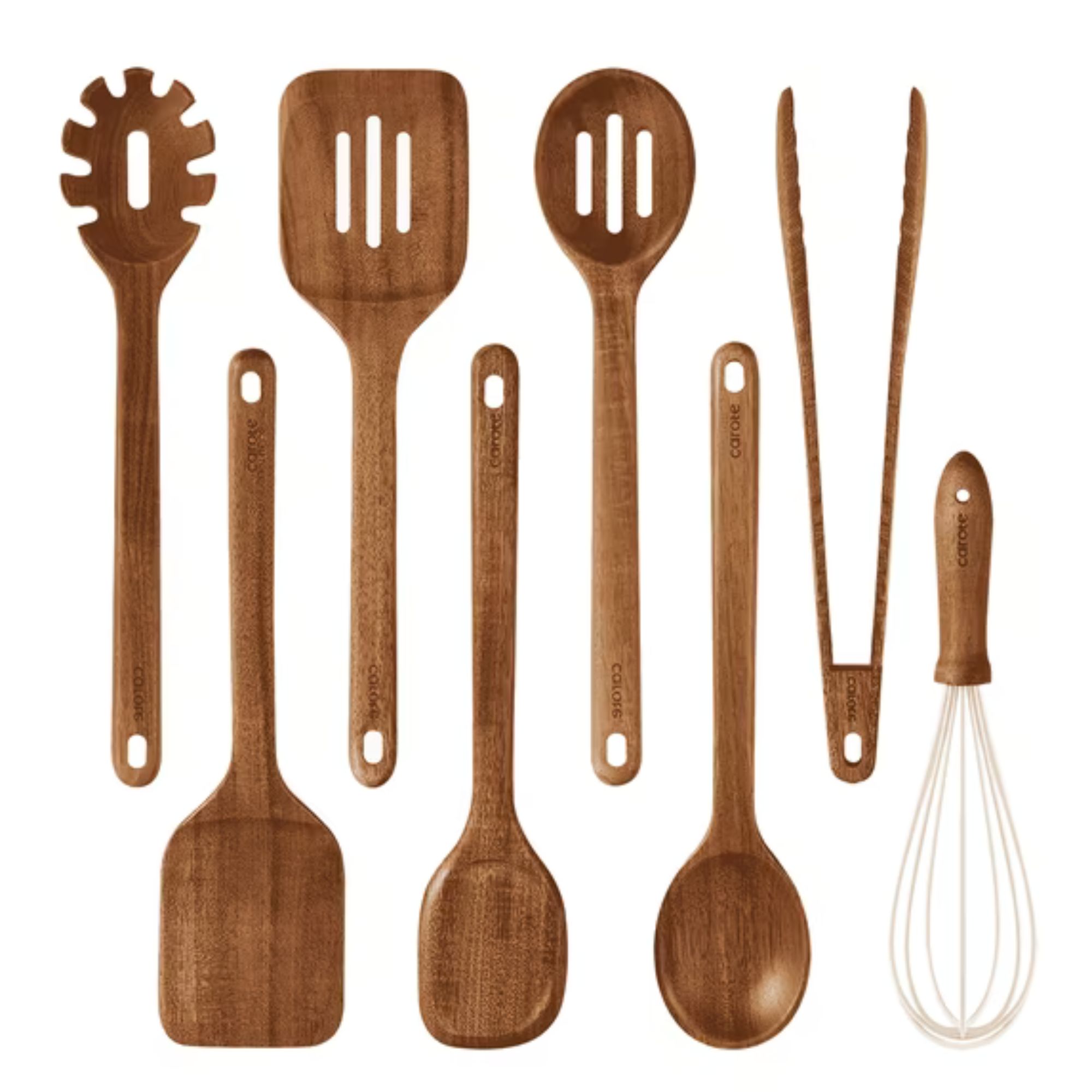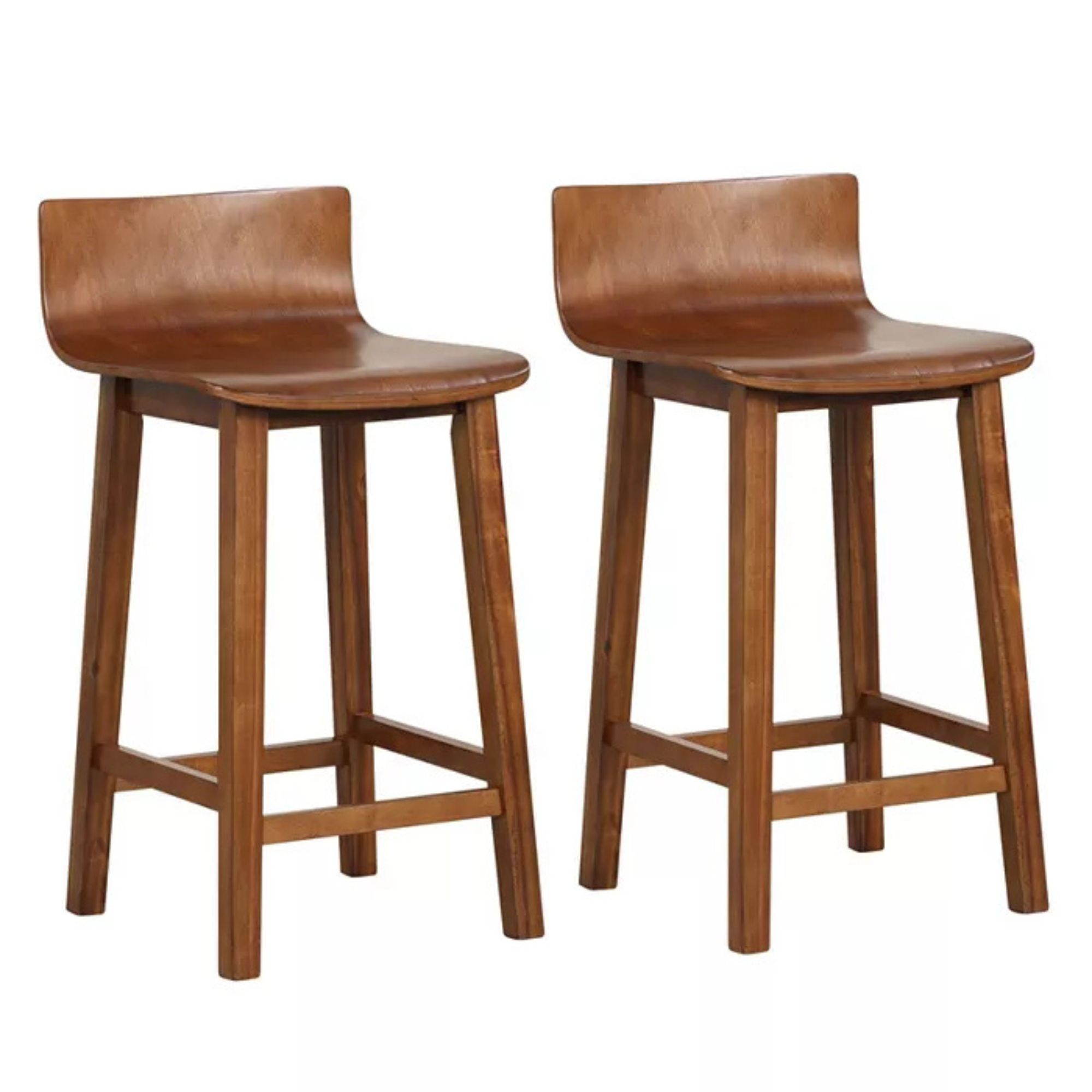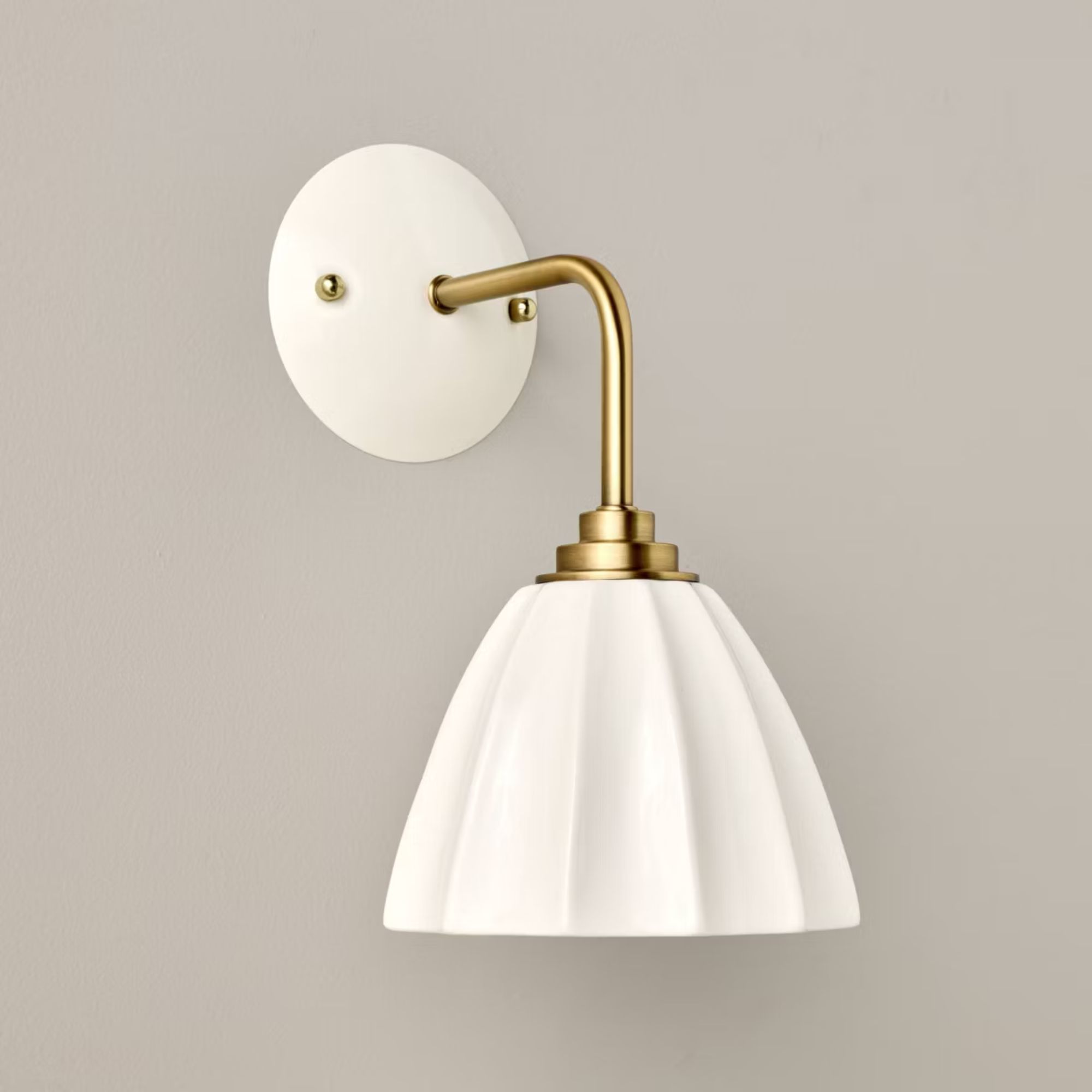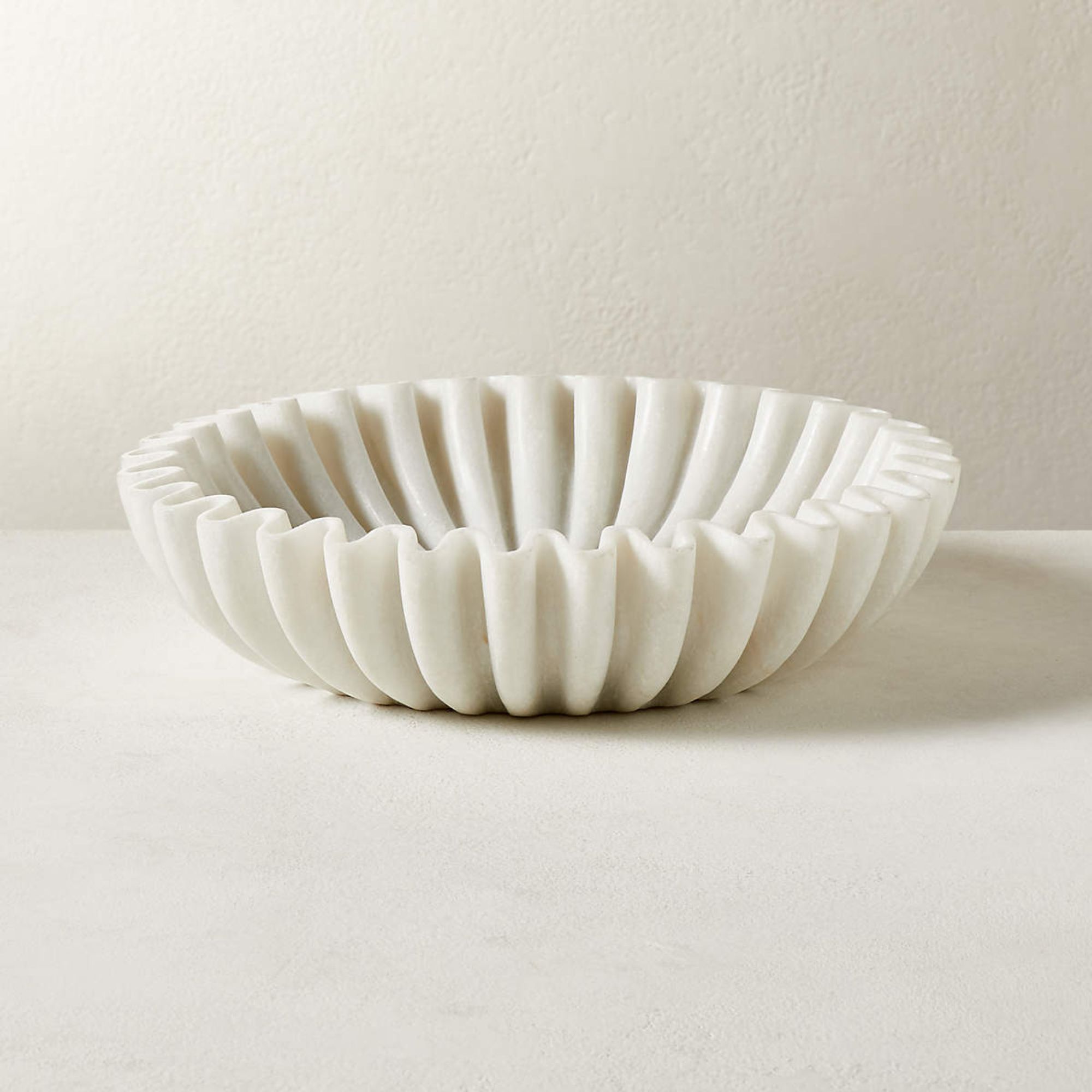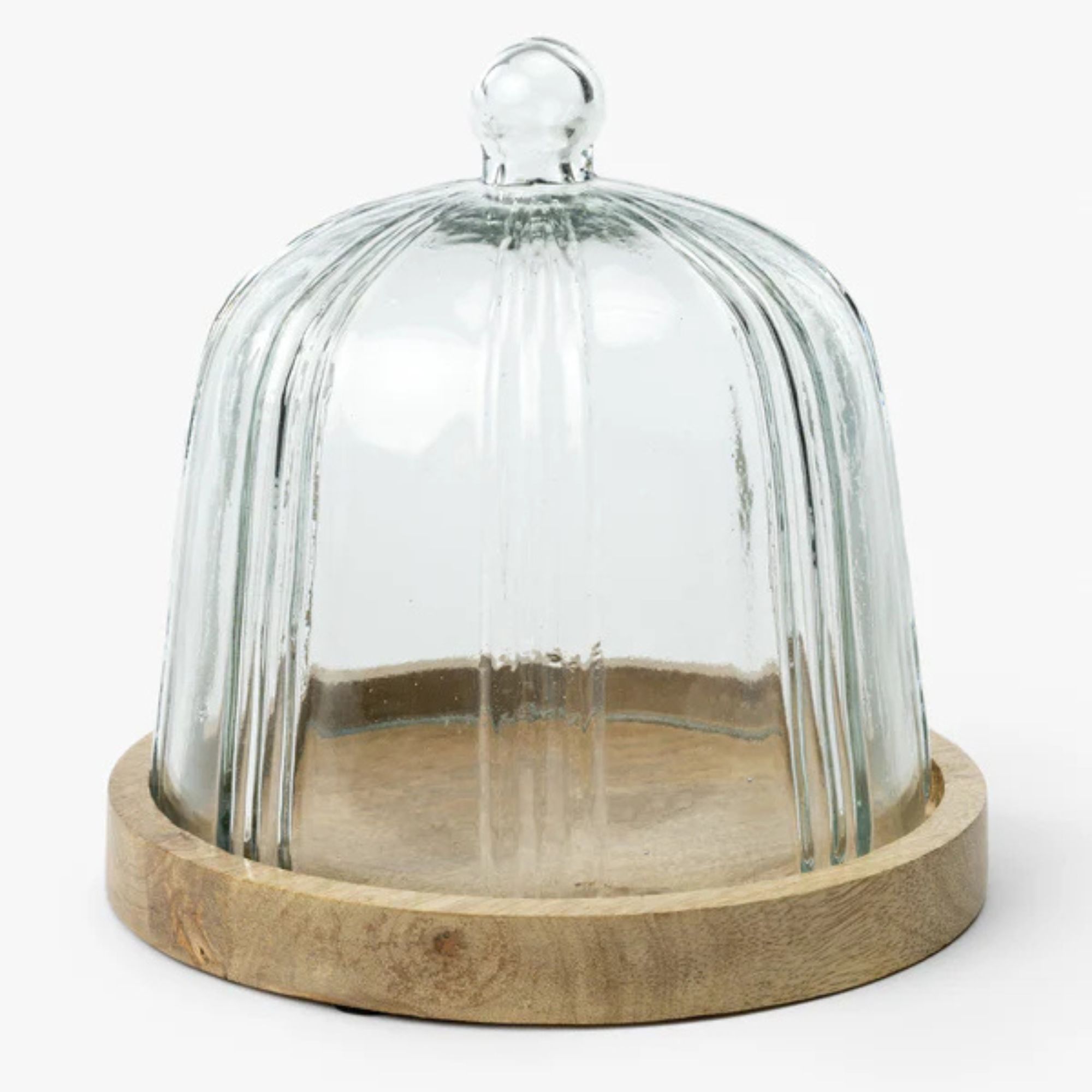7 outdated kitchen trends designers want to leave in 2025 – and what you should be doing instead for 2026
From uninspiring palettes to impractical designs, these are the dated kitchen trends of 2025 to avoid if you want a warm and timeless kitchen
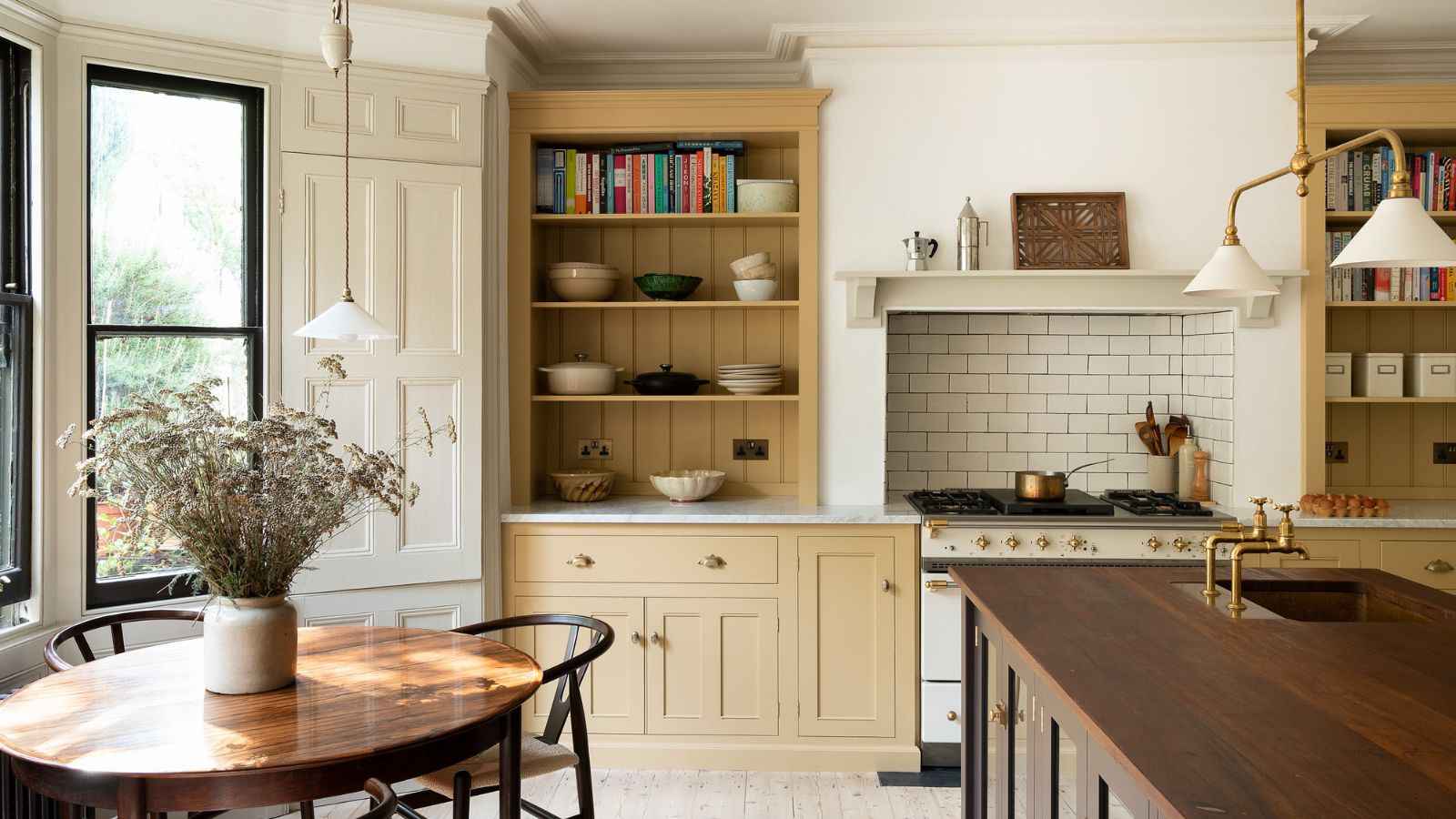

This year has been one of the best for trends, especially in the kitchen. Many of the biggest styles and emerging designs have felt more timeless than 'on trend'; most have had an enduring appeal that trends of years past have often lacked. But the important word here is most.
While there were some kitchen trends that we all loved and continue to appreciate (elevated backsplashes, moodier cabinet colors, red marble), there are some that interior designers think should stay firmly in 2025. These are the seven dated kitchen trends designers say have no place in our homes as we head towards 2026, and their suggestions on chicer, more timeless designs to embrace instead.
7 kitchen trends designers want to leave in 2025
Not every trend can be a winner, especially with the experts who have seen and tried them all. As we start to look toward the biggest kitchen trends for 2026 and beyond, designers say these are the ones that just don't make the cut.
1. Oversized pendant lights
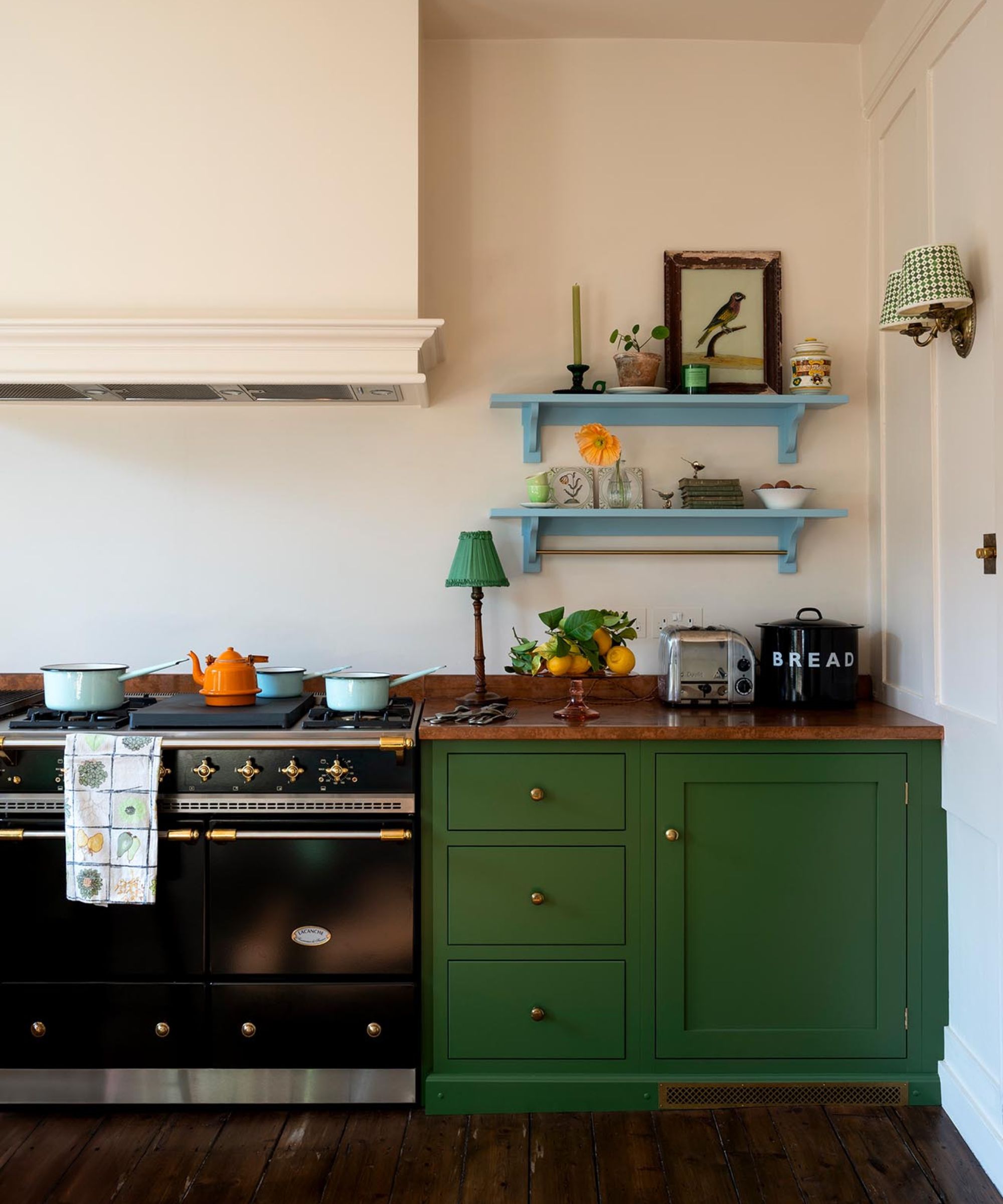
Layered lighting in this kitchen creates a cozy, lived-in feel – especially with the charming lamp shades.
Kitchen lighting over the last few years has favored one particular style: pendants. Over your island or suspended above a sink, they offered a new way to make something functional more aesthetic. But the oversized approach has started to feel overdone and outdated for some designers.
When I asked Corinne Ekle, founder and principal designer at C2 Design, which kitchen trend she wants left in 2025, she said, 'Oversized, statement pendants that dominate the room. The focus is shifting to smaller, more intentional fixtures that highlight the architecture and craftsmanship instead of stealing the show.'
Layered lighting is a much better way to create an inviting, characterful kitchen that still provides plenty of task lighting. Smaller, more considered pendant lights feel more timeless, and they pair beautifully with wall lights and even a couple of counter lamps.
2. Removing all the upper cabinets
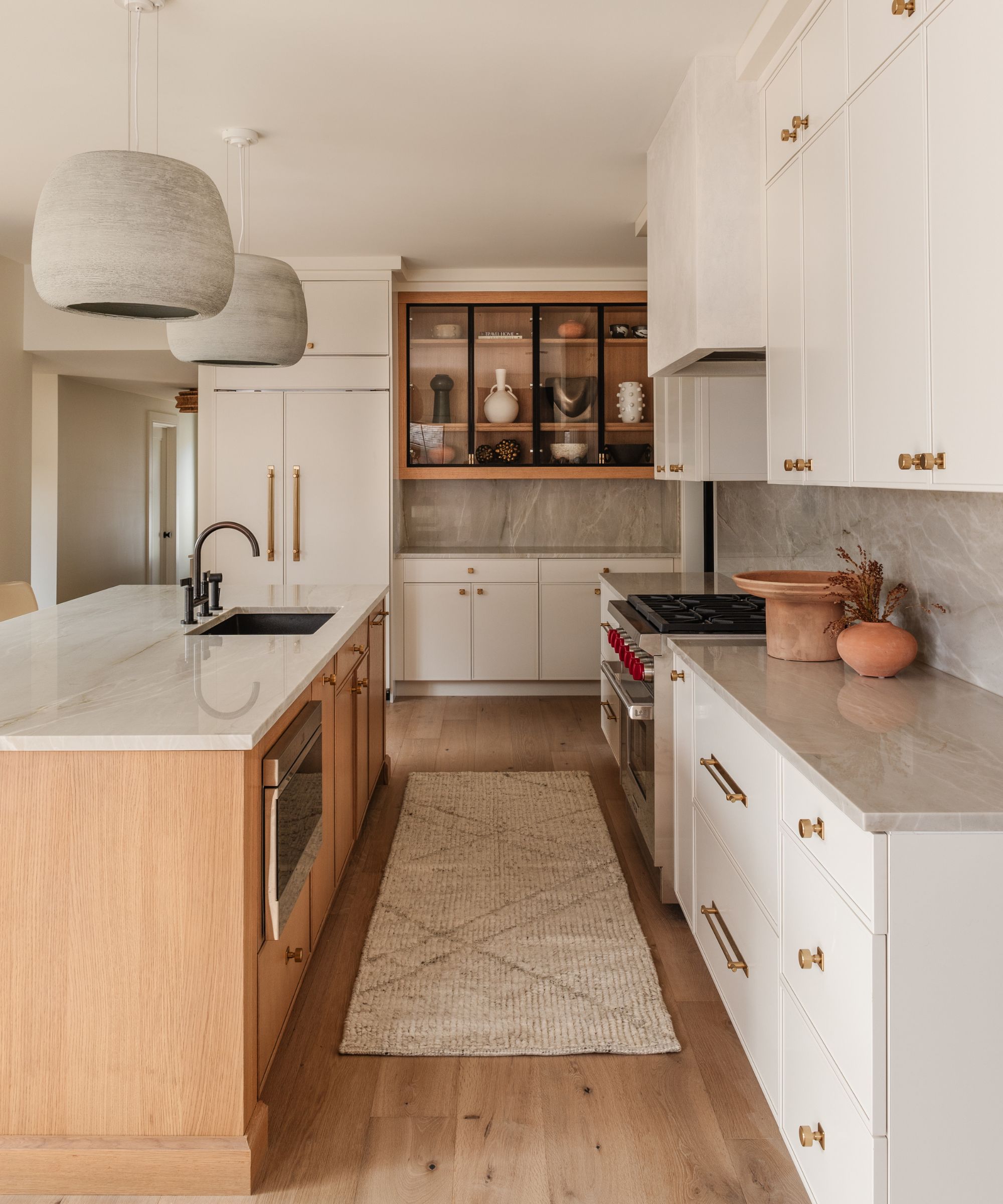
Swapping a few of the upper cabinet doors for glass has made this kitchen feel larger and less built-in without the need to remove storage.
The desire for a less utilitarian kitchen has hit us all. People want it to feel lived-in, cozy, and almost as if it's not a kitchen at all. But for some designers, it's perhaps gone a step too far, and we're beginning to lose some truly functional elements.
Design expertise in your inbox – from inspiring decorating ideas and beautiful celebrity homes to practical gardening advice and shopping round-ups.
'The trend of eliminating upper cabinets is beginning to feel outdated. While minimalist kitchens can look airy in photos, they are impractical. Losing vertical storage often leads to cluttered counters or overstuffed pantries,' says Kelsey Matyas of Kelsey Deirdre Designs.
'Consider a balanced approach: reintroduce upper cabinets where needed, or choose glass-front or shallower cabinets that maintain openness while adding function. I hope to see kitchens that combine beauty and practicality, with thoughtful storage, hidden appliance garages, and details like plaster hoods, stone backsplashes, and pot fillers that add character without sacrificing function,' she adds.
3. All-white kitchens
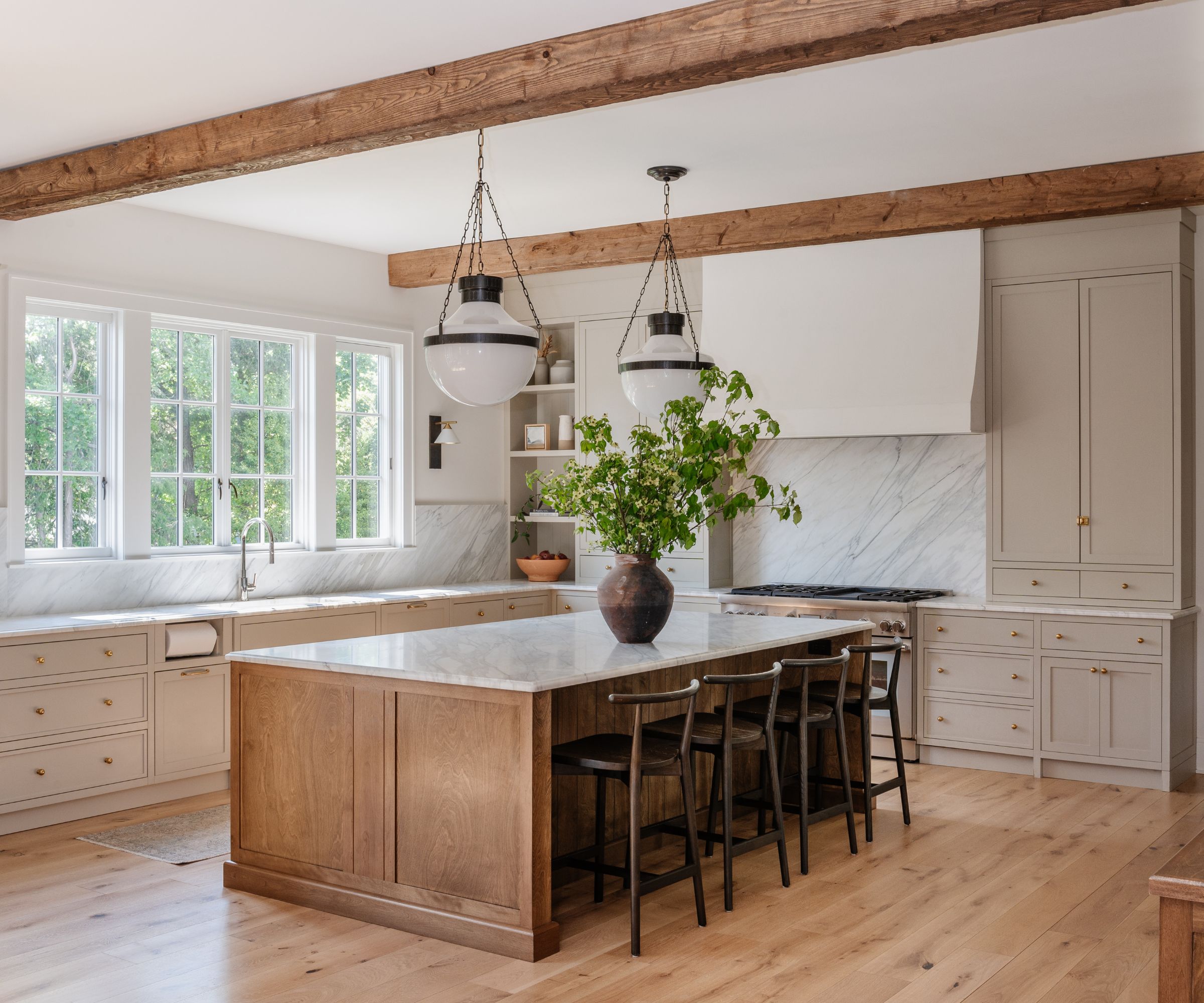
The rich wood tones of the island and ceiling beams add so much warmth and character to this white kitchen.
Kitchen color trends are shifting towards warmer hues, whether it's a soft, inviting neutral or a rich, moody hue. So it probably comes as no surprise that many designers say the all-white kitchen feels left in the past.
'One minimalist staple I’m ready to leave behind in 2025 is the all-white kitchen. Don't get me wrong, I still love white cabinetry, but I'm ready to see more layered texture and contrast enter the picture,' says Sarah Brady, founder and creative director of Salt Design Company.
'While timeless in its own way, we prefer kitchens that layer in contrast, warmth, and texture, bringing more personality and depth to such a well-loved, high-traffic room. Give the island or lower cabinets contrast with a deeper hue. Think navy, olive, or taupe. Then, soften the look by layering in texture: swap in rattan pendants and style a few cutting boards or wood accents as intentional displays.'
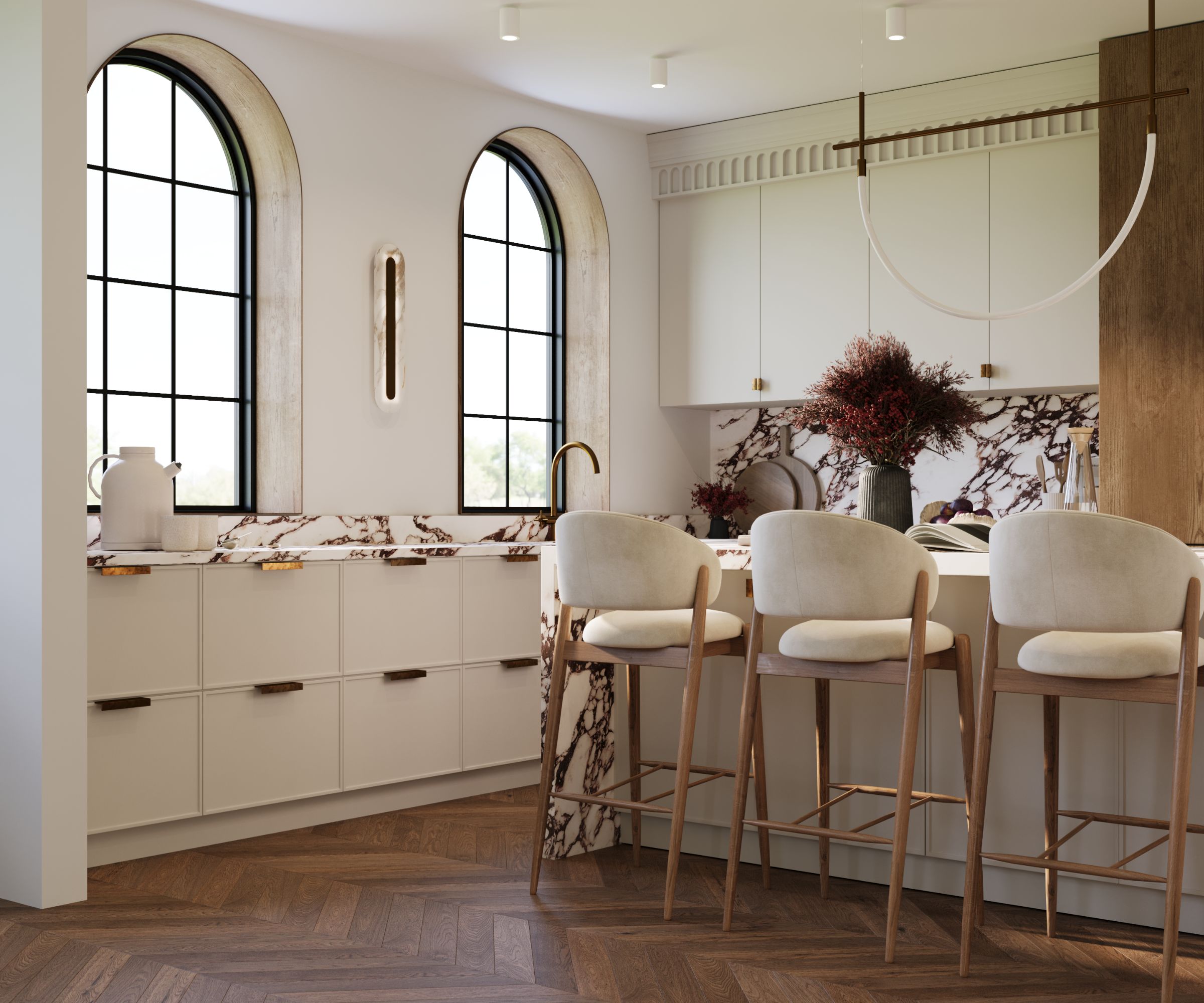
The simple addition of barstools with wooden frames adds texture and contrast to the white finishes used throughout the design.
Now, no one is saying that having a white kitchen is outdated – it's a classic neutral that will always have its place. But if your kitchen features nothing but white, it's going to feel flat and sterile. There are plenty of smaller ways to bring your space into 2026 without repainting or ripping it all out.
'A complete remodel isn’t necessary to bring your kitchen into 2026. Start by layering in warmth: introduce wood accents through cutting boards or open shelving, or add mixed-metal hardware for subtle contrast,' suggests Corinne.
'Even small upgrades like new barstools, pendant shades, or cozy textiles can dramatically shift the mood. Use your kitchen as a gallery for your personality by styling open shelving with vibrant ceramics, vintage glassware, or cookbooks you love – these little moments make a space feel alive.'

Designers always decorate with wooden cutting boards because they add so much warmth and character. This design from McGee & Co. comes in a round or rectangular board, and it's perfect for displaying on shelving or countertops.
4. The rustic farmhouse aesthetic
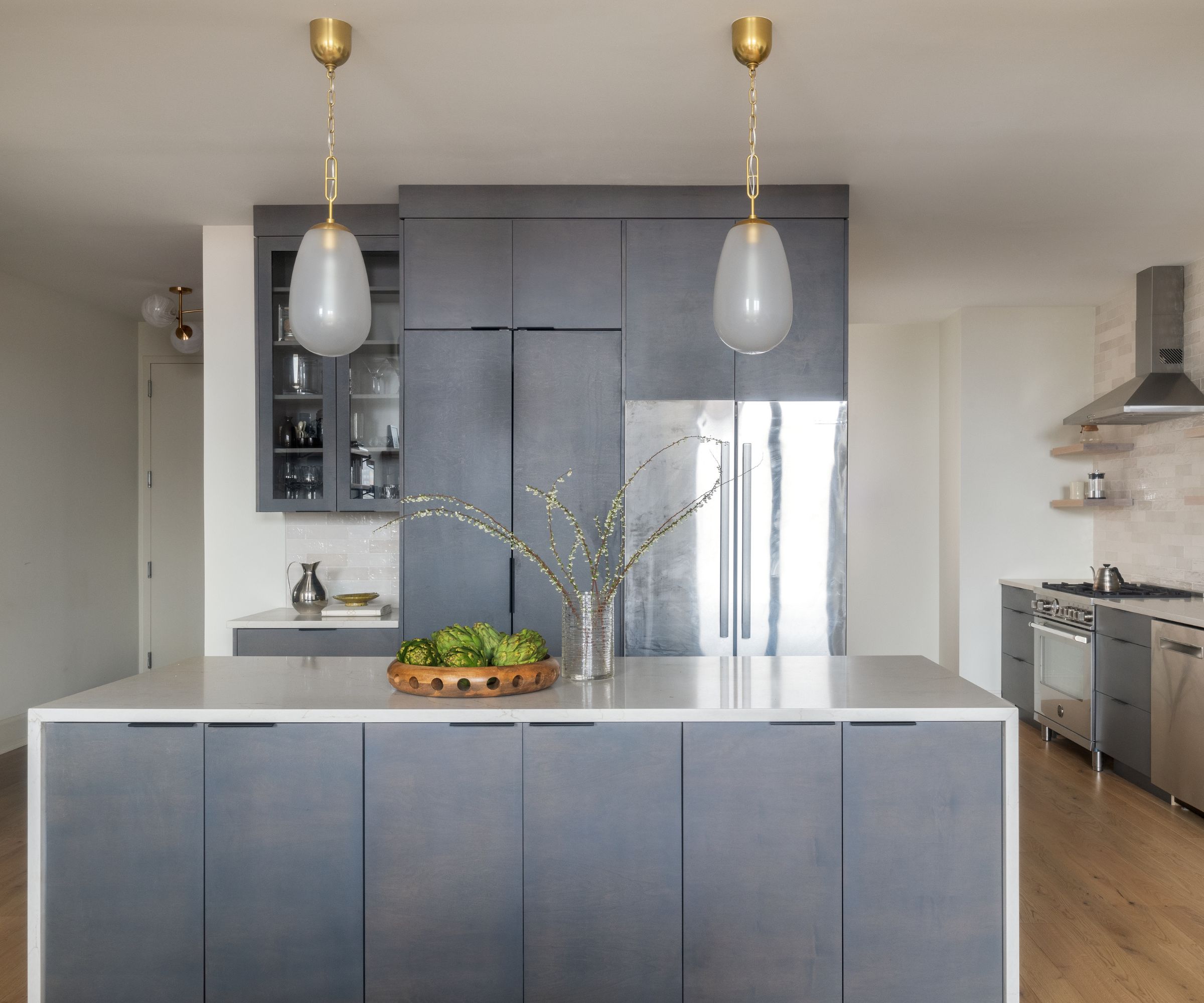
This kitchen has been brought to life with the textured finish on the blue cabinet doors. It's a chicer way to add interest.
If you think back to 2024, every aesthetic that encompassed farmhouse style topped the trends. It was rustic and characterful, something everyone craved as the kitchen transitioned to become more lived-in rooms. However, it's a look that, in some cases, has gone a bit too far and has started to feel less timeless.
'Rustic and farmhouse kitchens, long oversaturated in the market, are falling out of favor,' says Hillary Cohen of HCO Interiors, who notes that people are now looking for less obvious approaches to add texture and interest to their kitchens.
'Instead of overtly distressed woods and shiplap, we’re seeing this aesthetic reinterpreted through subtler, textural approaches – plaster walls, limewash finishes, and artisan-crafted details that bring depth and character without leaning too heavily into nostalgia,'
5. High-contrast black and white spaces
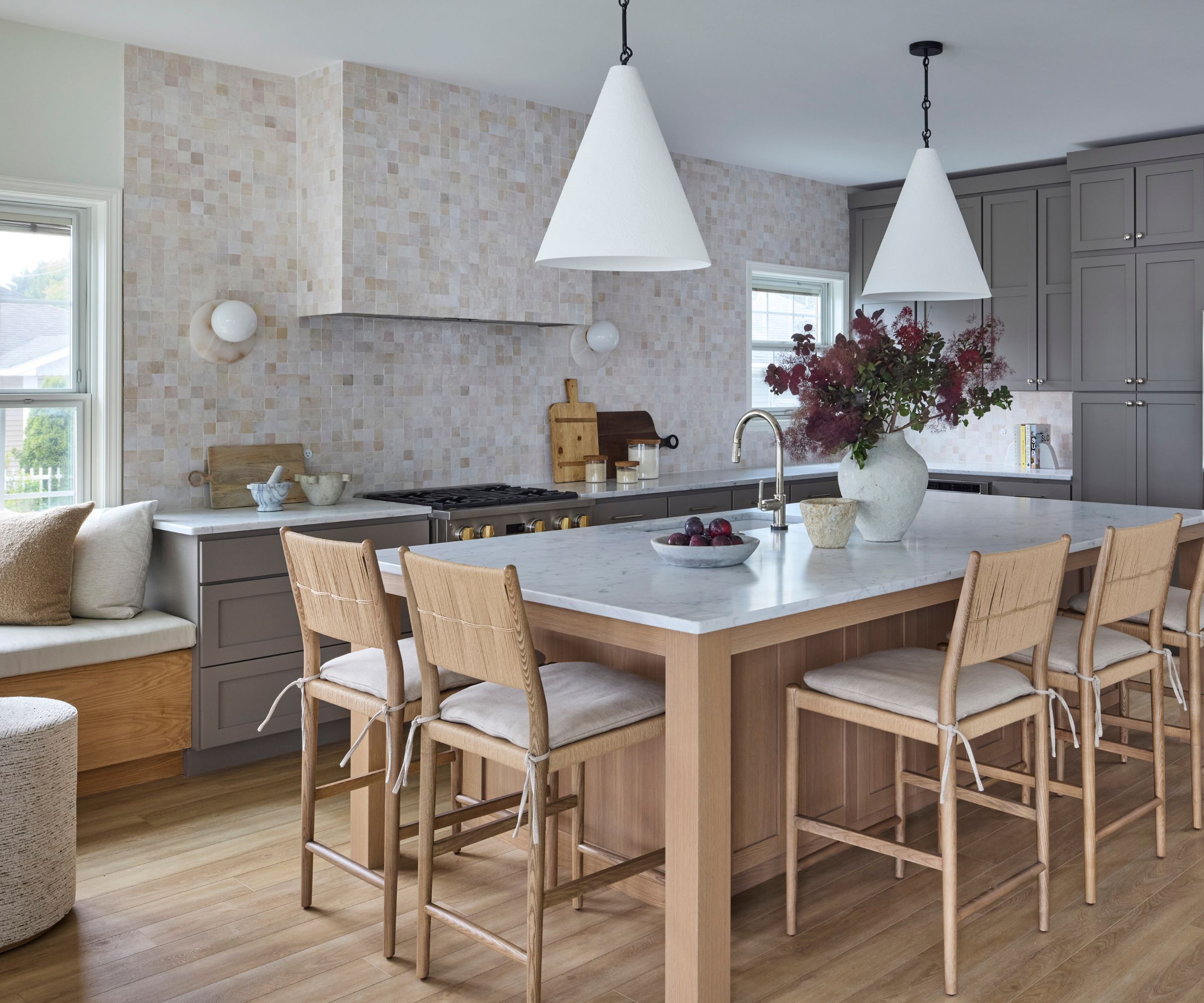
This kitchen proves you can create contrast without stark colors. Here, wood, white, and a soft gray hue have been used to give the space a more layered look.
One thing we can say for sure is that stark kitchen color palettes are very much out of style, and are a fast track way to make your kitchen feel stuck in the 2010s. But there's one color pairing in particular that designers want to leave behind.
'High-contrast black-and-white interiors and overly stark minimalism are on their way out. The pendulum is swinging back toward spaces that feel softer, more layered, and grounded in comfort,' says Diana Wagenbach of Studio W Interiors.
Similarly to the way we are approaching white kitchens, layering, texture, and softer contrast are much more timeless and tasteful. And for Diana, bringing in organic forms and natural materials is key.
'Think layered neutrals, rich wood tones, and natural stone with organic movement. Furniture and case goods are leaning sculptural and tactile, with curves, soft edges, and artisanal detailing,' she adds.
6. Fluted cabinetry
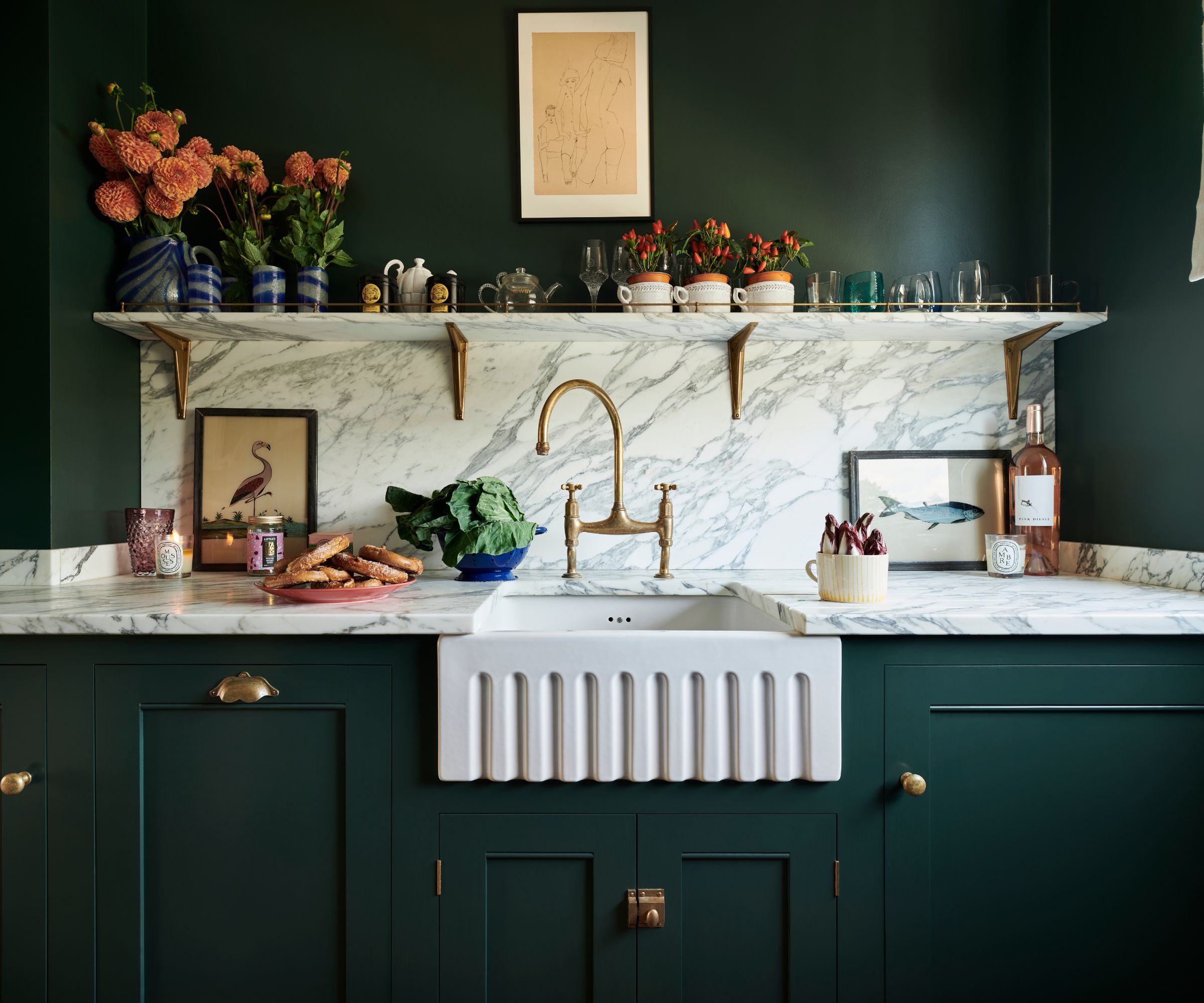
The fluted sink in this kitchen brings in a playful texture without the cleaning difficulties that come with fluted cabinets.
It's been an adventurous year in terms of searching for new and exciting ways to add texture to kitchens. We've seen metallic coverings, zellige tiles, and even fluted kitchen cabinets take center stage, but the latter is one that designers aren't totally taken by.
'I love fluted details, but not in kitchens. It’s nearly impossible to keep clean. Fluted cabinetry is trendy now, but soon it will date any kitchen to the 2020s,' says Jennifer Press of Press Interiors.
Instead, you could bring in fluted details through lighting, furniture, a kitchen sink, or even your kitchenware, such as a fruit bowl or marble tray. They are smaller ticket items that are much easier to clean, but they still elevate your space with texture and interest.
7. Uniform finishes
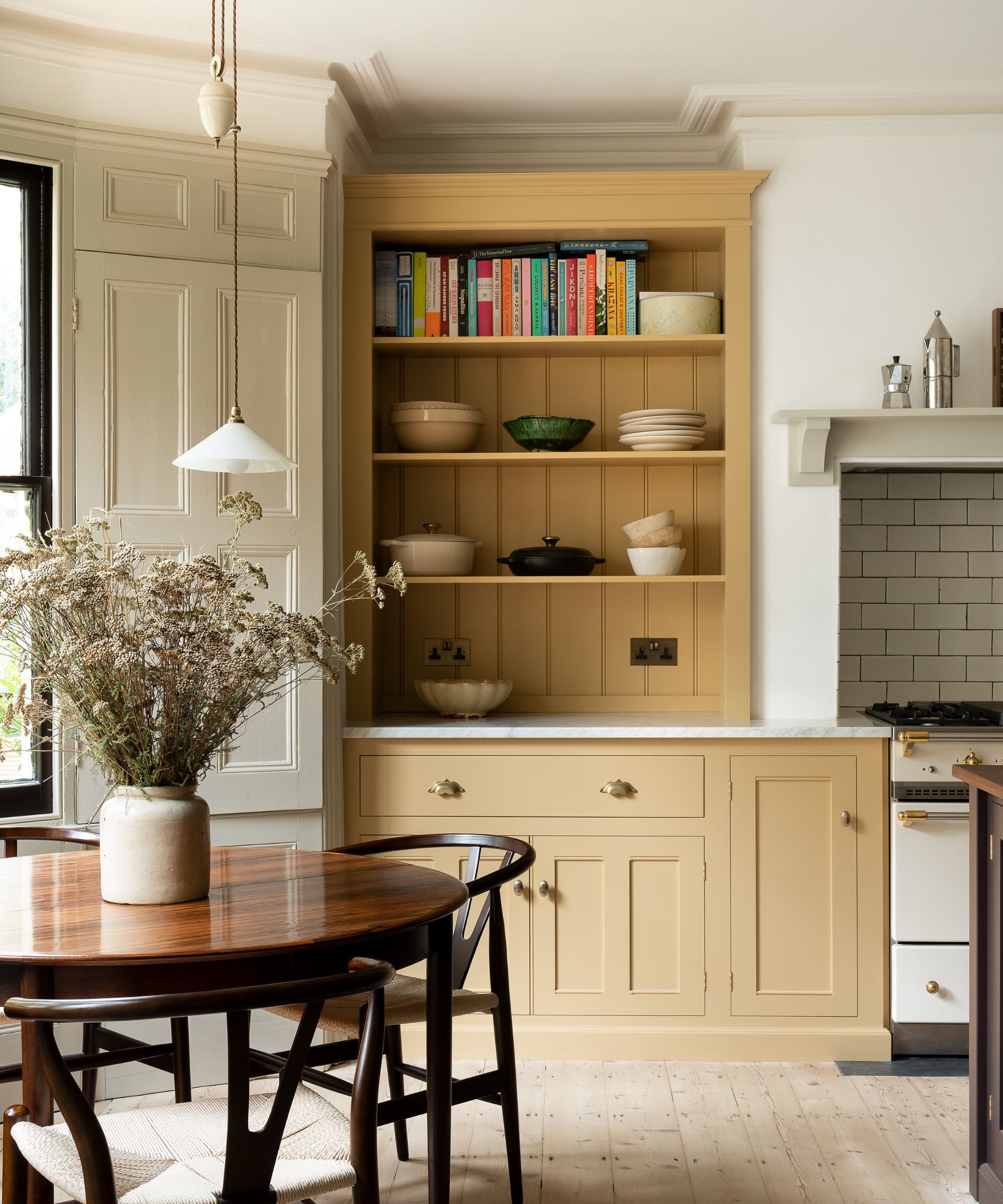
Three different metals are at play in this kitchen: the aged brass on the cabinet, the chrome decor on the shelf, and the darker finish on the light fixture.
Cohesion is really important in your kitchen design, but that doesn't mean everything has to match. From mixing metals and finishes to playing with scale, uniformity is out as we head into 2026.
'Uniform finishes in the kitchen feel predictable. Embracing contrast and allowing cabinet hardware and plumbing fixtures to differ creates depth. Mixing metals brings richness and sophistication to the overall design,' says Coco Greenblum of Studio Coco Greenblum.
'If your kitchen has matching finishes, a full renovation isn’t necessary. Small swaps, like changing cabinet hardware or light fixtures to a contrasting metal, can make a big impact. Layering variation gradually adds character without overwhelming the space.
While most recent kitchen trends have an air of timeless appeal to them, there are always a few that are fleeting. And if you're designing with longevity in mind, consider introducing elements that designers think will be big in kitchen design in the next 10 years, and stay away from any trends that prioritize aesthetics over function.

I’ve worked in the interiors magazine industry for the past five years and joined Homes & Gardens at the beginning of 2024 as the Kitchens & Bathrooms editor. While I love every part of interior design, kitchens and bathrooms are some of the most exciting to design, conceptualize, and write about. There are so many trends, materials, colors, and playful decor elements to explore and experiment with.
You must confirm your public display name before commenting
Please logout and then login again, you will then be prompted to enter your display name.
